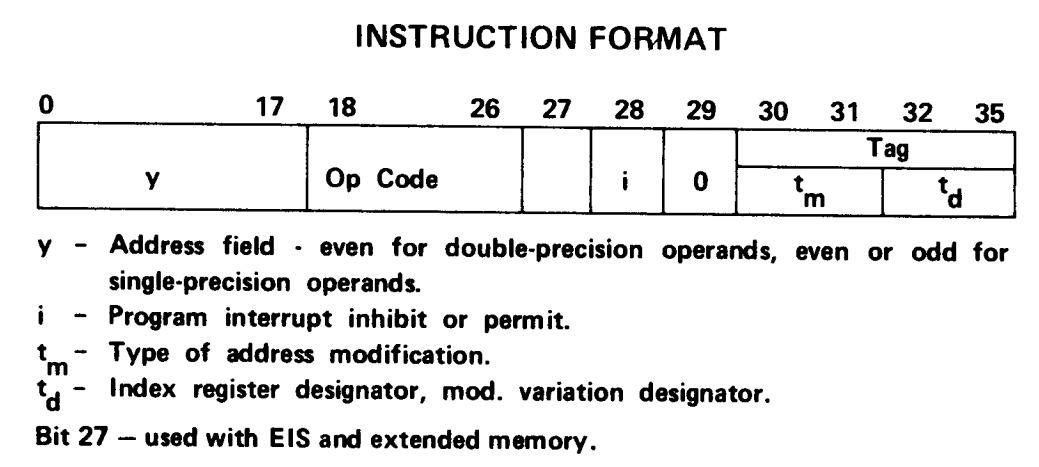Modern general-purpose computers typically have a 64-bit word size, but looking back in time, we see narrower CPUs. In the early 80s, the 68000 dealt with 32-bit addresses but the ALU was only 16 bits (so a single 32-bit addition took a pair of ALU operations). The 8086 dealt with 20-bit addresses but the ALU was, again, only 16 bits. Going back to the 70s, the 6502 dealt with 16-bit addresses but the ALU was only 8 bits; the Z80 dealt with 16-bit addresses but the ALU was only 4 bits. (Admittedly part of the motive for going that narrow was to come up with an obviously different implementation to avoid being sued by former employer Intel. But still.)
The reason for this is obvious enough: going back in time, logic gates become more expensive; you can't afford to build such a wide CPU. Also memory is expensive; you have less of it; you don't need such wide addresses.
And then going back to still earlier decades, and we encounter:
IBM 650. Word size 10 decimal digits. (Depending on how you reckon it, this is equivalent to somewhere between 33 and 40 bits.)
Burroughs 205. 10 decimal digits.
IBM 704. 36 bits.
DEC PDP-10. 36 bits.
Why so wide?
It was certainly not for the memory addressing reasons that motivated the increase in the 90s-00s from 32 to 64 bits. Indeed, 16 bits would have sufficed for the memory addressing needs of all those computers.
Clearly other things equal a wide ALU is faster than a narrow one (basically, it's the difference between being able to perform an operation in one clock cycle versus several). And it's also presumably more expensive. What factors go into deciding whether it's worth spending the money for the extra speed?
Clearly the further back we go, the more expensive is each logic gate. I would've expected narrow CPUs going back that far, but this is not what's happening.
Another factor is speed of supporting components, particularly memory. There's no point spending money on a CPU that can crunch data faster than the memory can feed it. So what sort of memory speed did these computers enjoy?
https://en.wikipedia.org/wiki/IBM_650 says
A word could be accessed when its location on the drum surface passed under the read/write heads during rotation (rotating at 12,500 rpm, the non-optimized average access time was 2.5 ms).
2.5 milliseconds. 2500 microseconds access time. Okay, you could do better than that by carefully placing instructions near where the head would be when the previous instruction was complete, but still, that looks to me like a memory system much less, not more, able to keep up with a wide CPU, compared to the semiconductor memories of later decades, something that would again intuitively make a wide CPU less, not more worthwhile.
So why did the first and second-generation computers have such wide CPUs?
